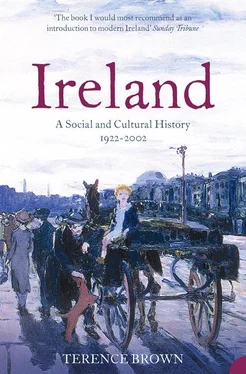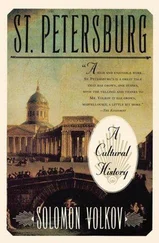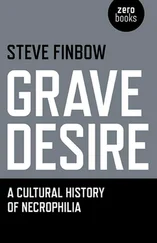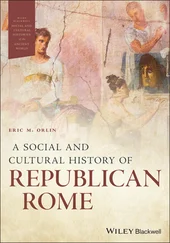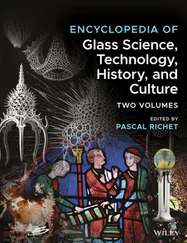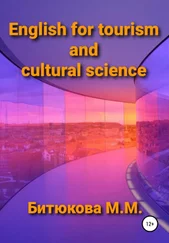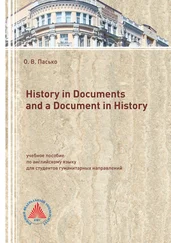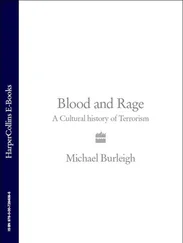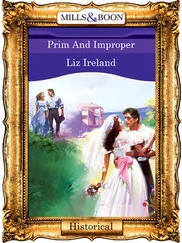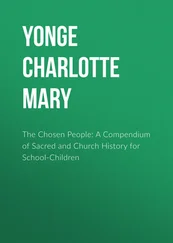Only too soon will the young Levite learn to despise the self-effacement, the shy and retiring sensitiveness, the gentleness and humility that are such bright and beautiful ornaments of a real priestly character: and only too soon will he set his heart upon those vulgar and artificial preferments which the world prizes, but God and His angels loathe and laugh at. 19
It was his judgment too that
…the general verdict on our Irish Ecclesiastical Colleges is that they impart learning but not culture – that they send out learned men, but men devoid of the graces, the “sweetness and light” of modern civilization. 20
Considering their future careers, Sheehan could remark, “It may be questioned whether, in view of their mission and calling, this is not for the best,” but in 1897 he was moved to call for a Christian cultural revival in Ireland led by a well-educated priesthood, writing in terms that suggest the enormous changes such a revival would require:
Some of us, not altogether dreamers and idealists, believe it quite possible to make the Irish race as cultured, refined, and purified by the influence of Christian teachings as she was in the days of Aidan and Columba…
But to carry out this destiny, Ireland needs above all the services of a priesthood, learned, zealous, and disciplined into the solidarity of aim and principle, which alone can make it formidable and successful. 21
Sheehan admired the unshakable piety of the Irish poor in a way that O’Donovan could not easily do. He valued “the gentle courtesy, the patience under trial, the faces transfigured by suffering – these characteristics of our Celtic and Catholic peasantry,” and he felt himself keenly alive to “the self-sacrifice, the devotion to duty, the fidelity to their flocks, which have always characterized the Irish priest.” 22Nevertheless, his comments on the social ambition of the clergy and their lack of humane culture tend to confirm rather than contradict O’Donovan’s much more astringent analysis.
A church without intellectual or cultural ambitions of any remarkable kind was unlikely to attract to its service the most creative and imaginative members of society. Rather, it offered career opportunities to many who might have found intellectual or cultural demands upon them even more difficult to meet than the obedience, discipline, and administrative ability that were required of them by a powerfully authoritative church. Accordingly, in the first decades of the Irish Free State the church was unhappily notable in the main for lack of interest in artistic and cultural activity. The early years of the Catholic Revival in the later nineteenth century had, it is true, stimulated a good deal of architectural enthusiasm in the church, as many churches were built, some in the Hiberno-Romanesque style at the one time expressing the general medievalism of late Victorian culture and, more strikingly, attempting to establish a continuity with pre-Conquest Ireland which gratified nationalist sensibilities, but by the 1920s this style had become rather hackneyed and most church architecture and art (with the exception of some stained glass) were undistinguished. An exhibition of Irish ecclesiastical art during Dublin Civic Week in 1929 drew from George Russell’s paper, the Irish Statesman , the regretful conclusion that “none of the Churches has thought it important to give their clergy an education in good taste as well as in dogmas,” and, that where some “natural good taste or love of the arts” does exist in the churches, “that appreciation is individual. It owes nothing to a traditional policy of the Churches.”
One comes away with the feeling that quality is of no importance, beauty is of no importance, anything is good enough for God and for his worshippers. We have bright brass vulgarities, a gaudy lustre seeming to be the only thing required, not exquisite craftsmanship, but commercialized work turned out with no more reverence than one would turn out boots or shoes. 23
Lest it be thought such a melancholy estimate of Irish ecclesiastical art was solely a response of the theosophist George Russell, it can be noted that a correspondent of the Irish Independent in 1932, casting about for examples of modern Irish churches which, because of their undoubted beauty and use of Irish art might reflect glory on the Irish church in the year of the Eucharistic Congress in Dublin, could think of only two, the Honan Hostel Chapel in Cork (1916) and Loughrea Cathedral (1904).
If then the Irishman was faithful to his church because it secured for him a sense of national identity, gave spiritual sanction to his hold on the land, and provided for his sons and daughters respected positions in society without the need for developed intellectual or cultural endowments, it is important to recognize that there was a further altogether more remarkable element in the attachment, which accounts for an important strand in modern Irish cultural history. For many Irish men and women the church was an international institution which allowed their small country a significant role on a world stage. This sense of belonging to a worldwide religious community was curiously linked to the internationalism of Irish nationalist feeling in the early twentieth century. For the phrase “the Irish race” that resounds through many nationalist utterances in the first two decades of the century was understood to refer not only to the inhabitants of the island but to the “nation beyond the seas,” “the Greater Ireland,” that vast number of Irish Catholic men and women scattered abroad (in the United States alone in 1920 there resided over four million people who could claim at least one Irish-born parent) who comprised an Irish diaspora. Indeed, it may not be unjust to see in both Irish nationalism and Catholicism of the period an effort to provide a counterweight to the international vision of British imperialism. If Britain had its material empire, the Irish could assert their dignity in terms of a patriotism and a Catholic spirituality which both transcended the island itself. Nationalist and Catholic propaganda of the period often echoes the rhetoric and tones of Victorian and Edwardian imperial celebration, and the Ireland that escaped the most cataclysmic effects of the First World War on the Victorian and Edwardian frames of mind continued to think in this oddly imperial manner until well into the 1930s. In this mode of thought, Ireland as a Catholic nation has a peculiar destiny in human affairs.
A writer in 1937, for example, reminiscing on St. Patrick’s College, Maynooth, managed a rhetoric which suggests the return of a Victorian British imperial official to his public school, seeing on the playing fields of Eton or in Rugby Chapel the destiny of nations:
In this place of memories one is apt for many fancies. To see the oak stalls in the College Chapel, darkening a little with the years, is to think of all who have been students there before my time and since. With no effort I can slip from the moorings of Past and Present, and see in this moment all rolled in one. The slowly moving line of priests down through the College Chapel is never-ending; it goes into the four provinces of Ireland; it crosses the seas into neighbouring England and Scotland, and the greater seas into the Americas and Australia and Africa and China; it covers the whole earth; it goes wherever man has gone, into the remotest regions of the world; it is unbroken, it is ever renewing itself at the High Altar in Maynooth…Some there were who prayed for a place in that endless line. They had counted the weeks and the days, even to an ordination day that never dawned for them. “Each in his narrow cell for ever laid”, they are the tenants of the plot, sheltered by yew trees, beyond the noises of the Park. A double row of little marble headstones, a double row of graves all facing one way; they lie like soldiers taking their rest. 24
Читать дальше
